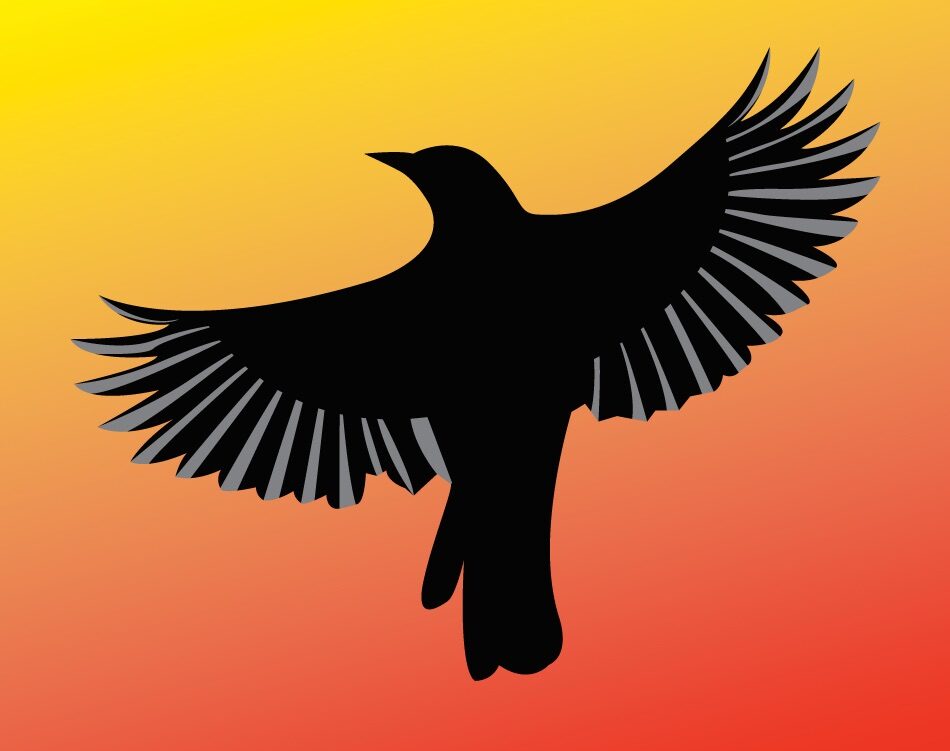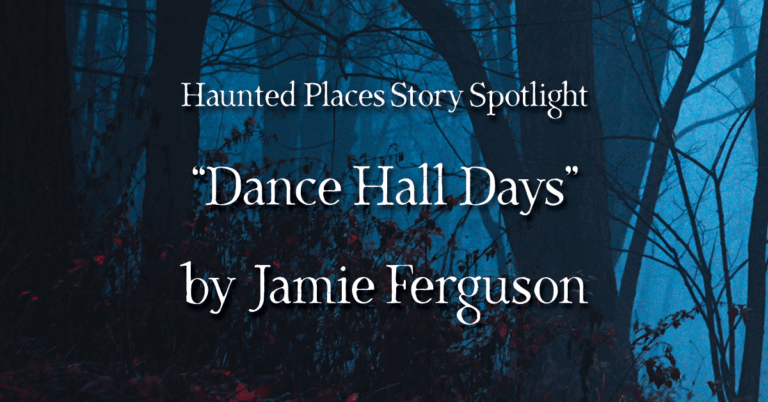Story Spotlight: “Dance Hall Days” by Jamie Ferguson
In “Dance Hall Days,” Jamie Ferguson invites us into a retro-themed swing weekend that brushes against another time—and the ghosts that haven’t stopped dancing. Set in a quirky Oregon hotel filled with seashell lamps, tiki heads, and decades of charm, the story blends nostalgia, quiet romance, and a haunting that’s both playful and poignant. Part…

